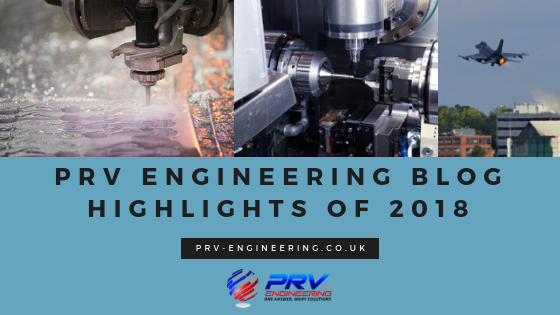
Another year has gone by and what better way to end it off than reflecting on the last 12 months. As a specialist engineering company, we work with a wide array of industries and our experience has enabled us to deliver interesting, relevant and informative articles. From engineering and manufacturing to new technologies, defence updates and future combat vehicles, we publish new content every week. After all, you can’t grow unless you learn something new every day.
With Christmas behind us and the focus shifting to the New Year, let’s take a look at some of the PRV Engineering blog highlights from 2018. Most articles focus on PRV Engineering services but we also added a few very interesting developments from around the world.
Deep Hole Drilling and Precision Engineering At PRV
Deep hole drilling means machining holes deeper than ten times the hole diameter. They are controlled within very tight tolerances achieving greater accuracy compared to conventional drilling methods. It’s used when high precision round bores are crucial for high-performance end products. The three basic types are Gun Drilling, Single Tube Systems (BTA/STS) and Ejector Systems. Common applications include oil and gas exploration equipment, aerospace equipment, armaments and engines.
Using our 10 Deep Hole Drilling machines and related equipment, we have developed a full range of supporting processes. We offer Deep Hole Drilling as a stand-alone service or full package, providing component processes to whatever stage you require.
Structural Steel Fabrication and Construction
Steel fabrication is used to create various components and products with different qualities for several applications. Structural steelwork is the primary choice for most builders, engineers, contractors and structural steel fabricators. Many industries rely on steel products and fabrication services due to its quality, reliability, flexibility, cost effectiveness and sustainability.
We pride ourselves on our ability to produce precise and economical structural steel fabrication. Our skilled and knowledgeable personnel can offer professional advice and guidance on any project. This includes a new building, an extension, building support or roofing steelwork.
Waterjet Cutting Essentials
Waterjet cutting produces a much-improved product finish with little to no secondary processing required. This highly versatile cutting method produces much less waste than other forms of cutting which allows for more diverse design. The ability to cut more intricate designs and patterns offers designers a more artistic license.
The Idroline S1730 hydro-abrasive waterjet cutting system is an elite design ensuring superior technological and productive performance. It can cut a wide variety of materials using a very high pressure jet of water or a mixture of water and abrasive. Waterjet cutting is used in various industries including mining and aerospace for cutting, shaping and reaming.
6 Ways You Can Save On Fabrication Costs
Manufacturers are always looking to save costs in certain areas and none more so than fabrication. This includes everything from materials, labour and shipping costs. While it is challenging to effectively reduce the cost of a fabrication project, it is possible. The most important question is, “How to minimise cost without sacrificing quality?”
PRV has developed an extensive fabrication department, capable of producing products and services of all sizes. We specialise in the manufacture of Machinery Guarding, Conveyor Systems and Materials Handling Equipment, Access Platforms and Ladders, Architectural Balustrades and Balconies, in both Stainless and Mild Steel.
Plating Services For Military Manufacturing
Manufacturing quality products for the military or defence industry is challenging as there is no margin for error. Military vehicles such as tanks and armoured personnel carriers must be built to exacting standards. Finishing generally refers to the application of specific metal coatings that adhere to the product surface forming a protective bond. It’s a vital component to any manufacturing process especially for metal products and machinery in the defence sector.
Some of the more common projects we work on include armour plating for the outside of military vehicles, mounts for internal equipment, electronics and exterior mounts for ancillaries such as snow plough scoops. However, we also get involved with innovative new developments including busbars to carry power and data within vehicles.
CNC Machining: Industrial Applications And Benefits
Many of today’s products involve CNC Machining at some point including cars, planes, household machines, appliances, medical parts and toys. Computer Numerically Controlled or CNC machining has become more versatile than ever. It is the perfect solution to produce complex metal parts due to the high levels of precision and speed. In addition to performance, another main advantage of CNC machining is reduced production costs across the entire manufacturing process.
We have a large, well equipped CNC Department comprising 30 Machining Centres with a wide ranging capacity. Machining a range of components from 6mm up to 600mm in diameter over 2500mm in length for turning and 3000 x 850 x 750 cube for milling. We are able to accommodate a wide range of products.
Silver Plating, Busbars and Specialist Coatings
Silver has the highest electrical and thermal conductivity with the lowest contact resistance. For these reasons, silver is a very popular choice for electronics and semiconductors. This makes it exceptionally beneficial in military, aerospace, medical and automotive applications. Developments in electric vehicles and busbars are also on the rise which means silver plating and busbars could be seen as standard parts in an industry that has always relied on cabling.
High-Performance Maglev Train Prototype Ready For Testing
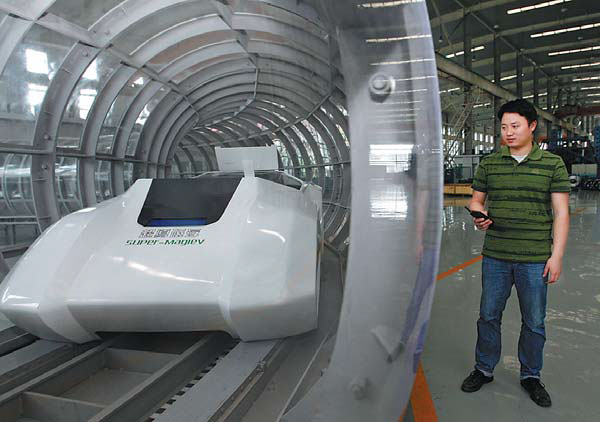
The Global Times newspaper confirmed that a super maglev train could soon be revealed. Initial reports suggest that the bullet train could travel at speeds up to 1000 km/h (621 mph). That is faster than a Boeing 737 or Airbus 320 which is generally around 700-800 km/h (435-500mph).
China’s last major addition to its high-speed rail system was in August 2017. It came six years after a fatal accident which resulted in China re-evaluating its rail service and capping the top speed. Even with the limitations in place, China still cemented its spot as the world leader in bullet train technology.
Future Military Vehicles And The Technologies Behind It
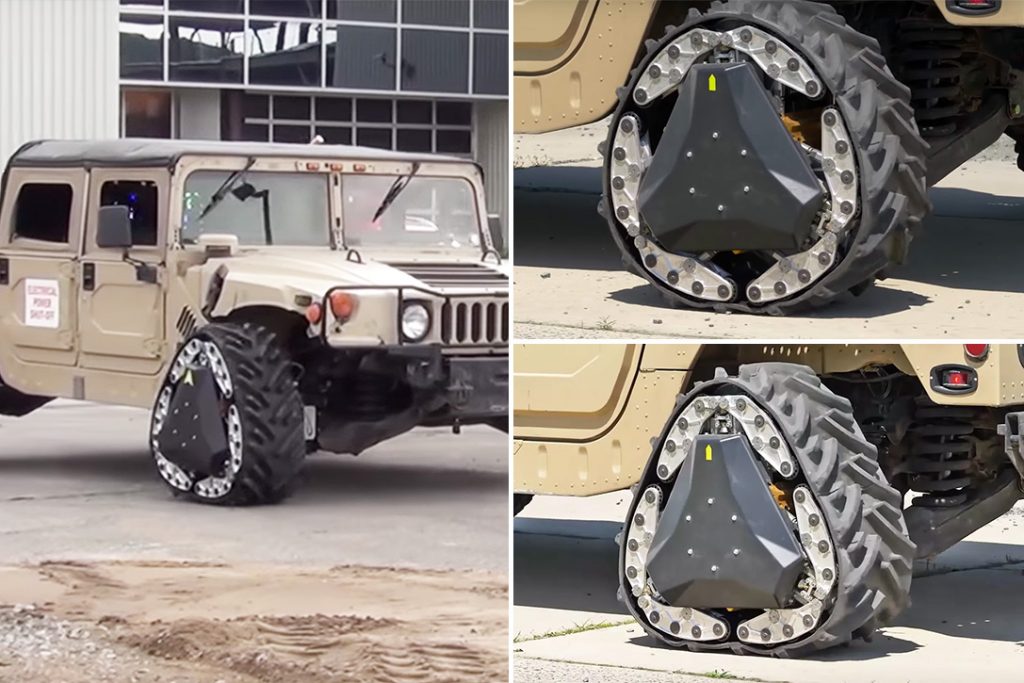
Advanced warfare and new technologies are major contributing factors influencing the types of military vehicles required in the future. Weight, speed, cost and armament all play pivotal roles. More armour and heavier vehicles may not solve all the problems but adding more features to lighter vehicles could be the answer.
Some fascinating designs and concepts include Reconfigurable Wheel Tracks (RWT), Multi-Mode Extreme Travel Suspension (METS) to 360-Degree Virtual Windows For Military Vehicles and V-PANE using LiDAR.
While there are several more to include, these are our top choices for 2018. Which article is your favourite? How do you see the future in terms of engineering, manufacturing, robotics, AI, autonomous vehicles and life changing tech? Please share your comments below or find us on social media.
For more interesting stories, check out our weekly blog posts and make 2019 the year of information sharing. From all of us here at PRV Engineering, thank you for all your support in 2018 and we wish you a happy and prosperous New Year!
This site uses Akismet to reduce spam. Learn how your comment data is processed.


 Mail:
Mail: 




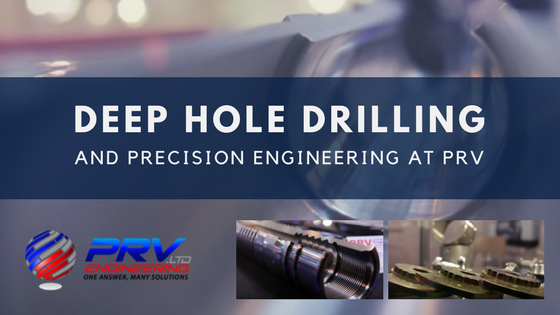
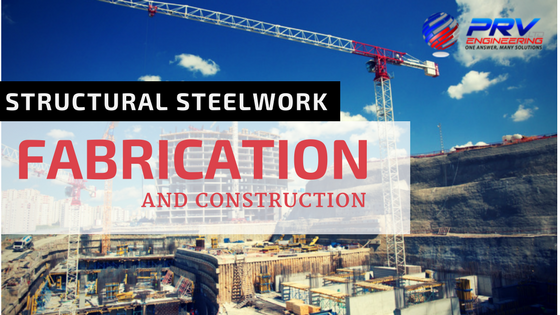
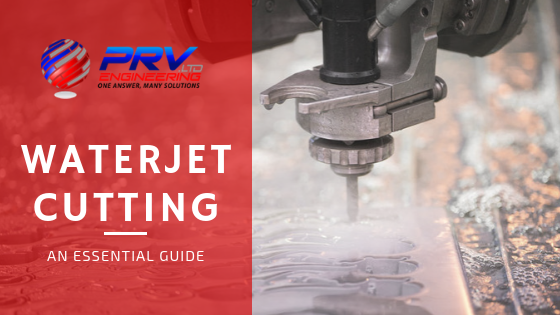




Leave a Comments